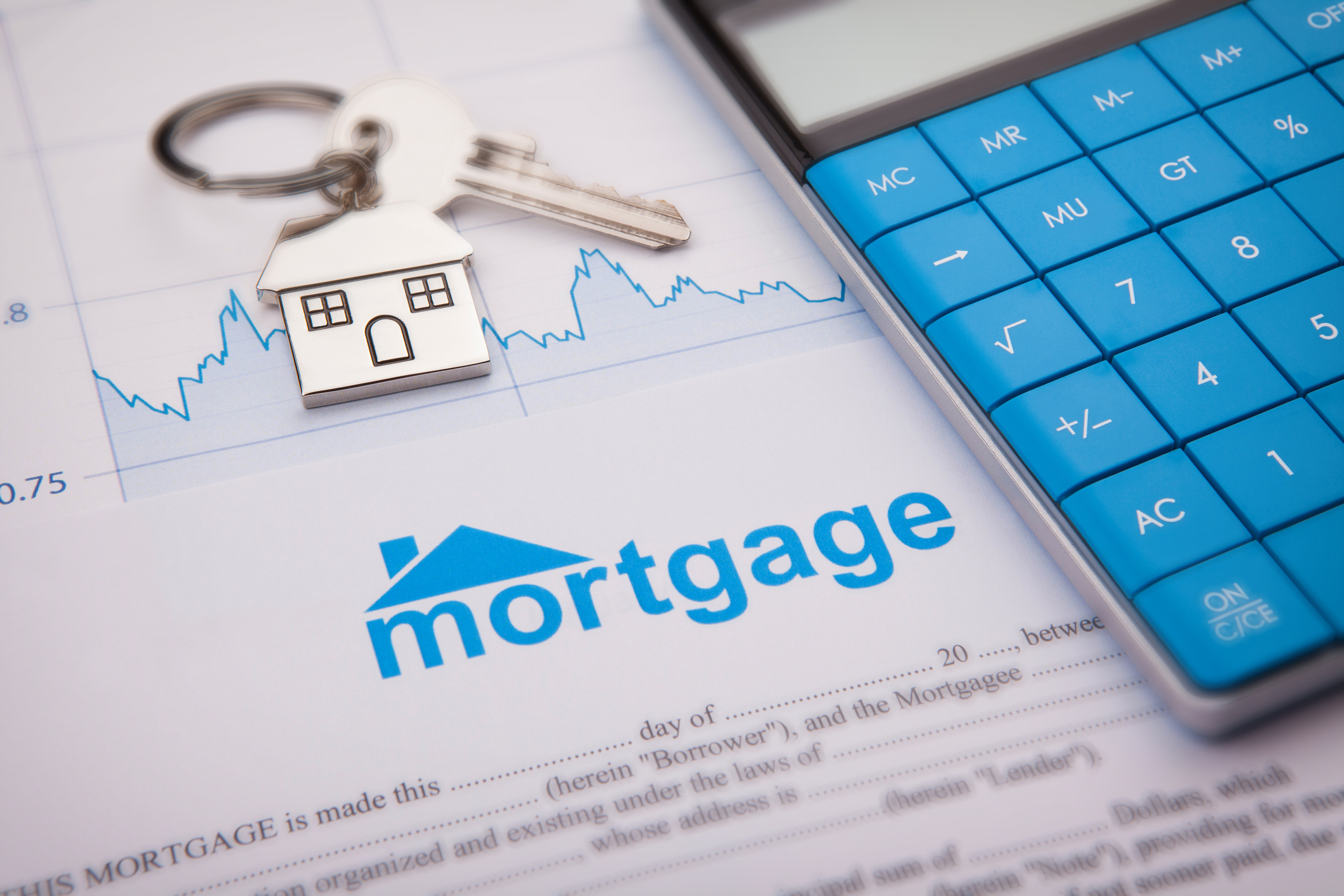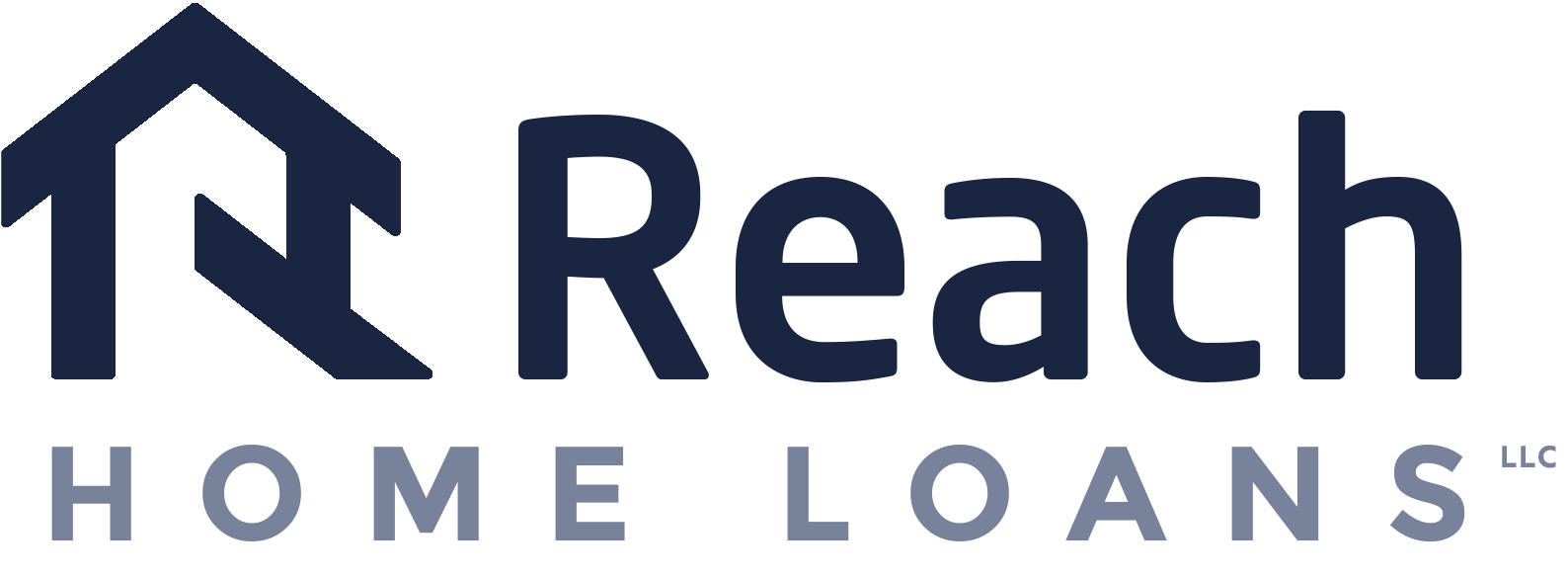A Full Introduction of Conventional Mortgage Loans for First-Time Customers
A Full Introduction of Conventional Mortgage Loans for First-Time Customers
Blog Article
The Essential Elements to Consider When Picking In Between Fixed-Rate and Variable-rate Mortgage Finances
When assessing home loan alternatives, borrowers face an essential choice in between fixed-rate and adjustable-rate fundings, each offering prospective mistakes and unique advantages. Secret factors to consider such as rates of interest security, predictability in month-to-month settlements, and the effects of potential price changes can significantly impact long-term financial health. Additionally, understanding the anticipated duration of homeownership and the overall cost of loaning can form one's strategy. As these variables link with specific monetary situations and risk resistance, the effects of this option might not be as straightforward as they appear. What nuances should be prioritized in this important decision-making process?
Rates Of Interest Security
When choosing a mortgage, comprehending rates of interest security is important for informed decision-making. Rates of interest can considerably influence the general price of a mortgage, and acknowledging the nature of these prices is vital for consumers. Fixed-rate home loans supply the advantage of constant month-to-month payments over the life of the finance, shielding debtors from market variations. This stability allows home owners to plan their funds with greater certainty, as they will certainly not be influenced by rising rates of interest.
On the various other hand, adjustable-rate home mortgages (ARMs) start with reduced initial rates that may alter periodically based upon market conditions. While this can cause reduced payments originally, it also introduces uncertainty, as debtors might face raised payments if rates of interest rise. For those taking into consideration an ARM, it is essential to assess the possibility of rate changes, the possibility for settlement rises, and the size of the preliminary fixed-rate duration.
Eventually, the option in between adjustable-rate and fixed-rate mortgages hinges on specific risk tolerance and economic conditions. Understanding rates of interest security helps borrowers make notified decisions that align with their long-term monetary goals.
Regular Monthly Repayment Predictability
While borrowers commonly focus on rate of interest security, the predictability of regular monthly settlements is just as essential in the mortgage choice procedure (Conventional mortgage loans). Monthly payment predictability plays a critical function in budgeting and financial planning, as it straight impacts a property owner's capital and overall economic wellness
Fixed-rate mortgages offer a regular monthly settlement throughout the life of the financing, enabling consumers to prepare for and prepare their costs effectively. This security can be especially helpful for first-time homebuyers or those on a set income, as it eliminates the uncertainty connected with fluctuating repayments.
On the other hand, adjustable-rate home mortgages (ARMs) normally include reduced preliminary repayments that can transform in time, bring about potential irregularity in month-to-month responsibilities. While originally appealing, this unpredictability can complicate financial preparation, particularly if debtors do not make up future rate adjustments.
Prospective Rate Modifications
In the realm of variable-rate mortgages (ARMs), prospective rate modifications stand for a considerable element that borrowers must thoroughly take into consideration. Unlike fixed-rate home loans, where the rate of interest remains the same for the life of the car loan, ARMs are defined by fluctuating interest rates that are linked to market indices. This variability can lead to substantial adjustments in monthly payments, impacting the debtor's financial planning and budgeting.
Commonly, ARMs have a first fixed-rate duration during which the passion price is secure. After this duration, nonetheless, the price changes at established periods-- generally each year. Debtors should be mindful of the margin and index utilized to calculate these adjustments, as they directly influence future rates of interest. In addition, ARMs frequently consist of caps that restrict just how much the rates of interest can boost at each modification and over the life of the lending, which can offer some degree of protection against drastic price walkings.
Understanding these possible modifications is critical for debtors, as they straight affect lasting payment commitments. For that reason, assessing personal monetary circumstances and risk tolerance is important when choosing whether an ARM aligns with one's financial objectives.
Loan Term Factors To Consider
Financing term factors to consider play an essential role in the decision-making process for debtors selecting between adjustable-rate and fixed-rate mortgages. The length of the finance term significantly affects month-to-month repayments, rate of interest rates, and total monetary planning.

Inevitably, borrowers should assess their individual conditions, economic goals, and market problems when evaluating the effects of car loan term choices within each mortgage type.

General Cost of Borrowing
Fixed-rate home mortgages supply predictable monthly settlements, as the passion price remains continuous throughout the finance term. This predictability can lead to lower overall prices, especially in a secure or declining passion rate atmosphere.
Alternatively, variable-rate mortgages (ARMs) usually start with reduced preliminary prices, leading to lowered ahead of time prices. Nonetheless, sites these prices can raise after a first duration, leading to possibly greater long-term costs. Debtors should think about the regularity and extent of price modifications, along with the overall funding period, to precisely assess the monetary ramifications.
Furthermore, the general cost of loaning includes not only see this rates of interest yet also costs and various other associated prices, such as closing prices and insurance policy (Conventional mortgage loans). When reviewing home loan options, borrowers must carry out a comprehensive cost evaluation over the life of the car loan. By doing so, they can make an informed decision that straightens with their economic goals and take the chance of resistance
Final Thought
Rate of interest price security and monthly repayment predictability are extremely important for reliable budgeting, while the potential for rate changes in ARMs introduces monetary unpredictability. In addition, the awaited period of homeownership and the overall cost of borrowing, including rate of interest prices and associated fees, should line up with private monetary scenarios and take the chance of resistance.
Trick factors to consider such as passion price security, predictability in month-to-month settlements, and the effects of possible price changes can significantly influence lasting economic wellness. Passion prices can substantially affect the total price of a home mortgage, and identifying the nature of these prices is essential for borrowers. Unlike fixed-rate mortgages, where the interest price remains unchanged for the life of the loan, ARMs are defined by varying rate of interest rates that are connected to market indices. Additionally, ARMs typically include caps that restrict just how a lot the passion rate can raise at each change and over the life of the car loan, which can supply some level of read this post here protection against extreme rate walks.
Interest rate security and regular monthly payment predictability are paramount for efficient budgeting, while the possibility for price adjustments in ARMs presents monetary uncertainty.
Report this page